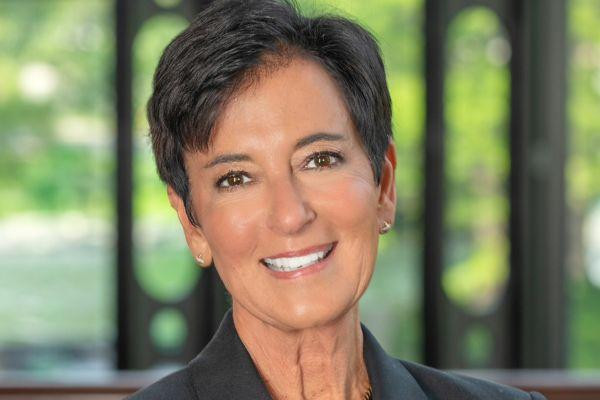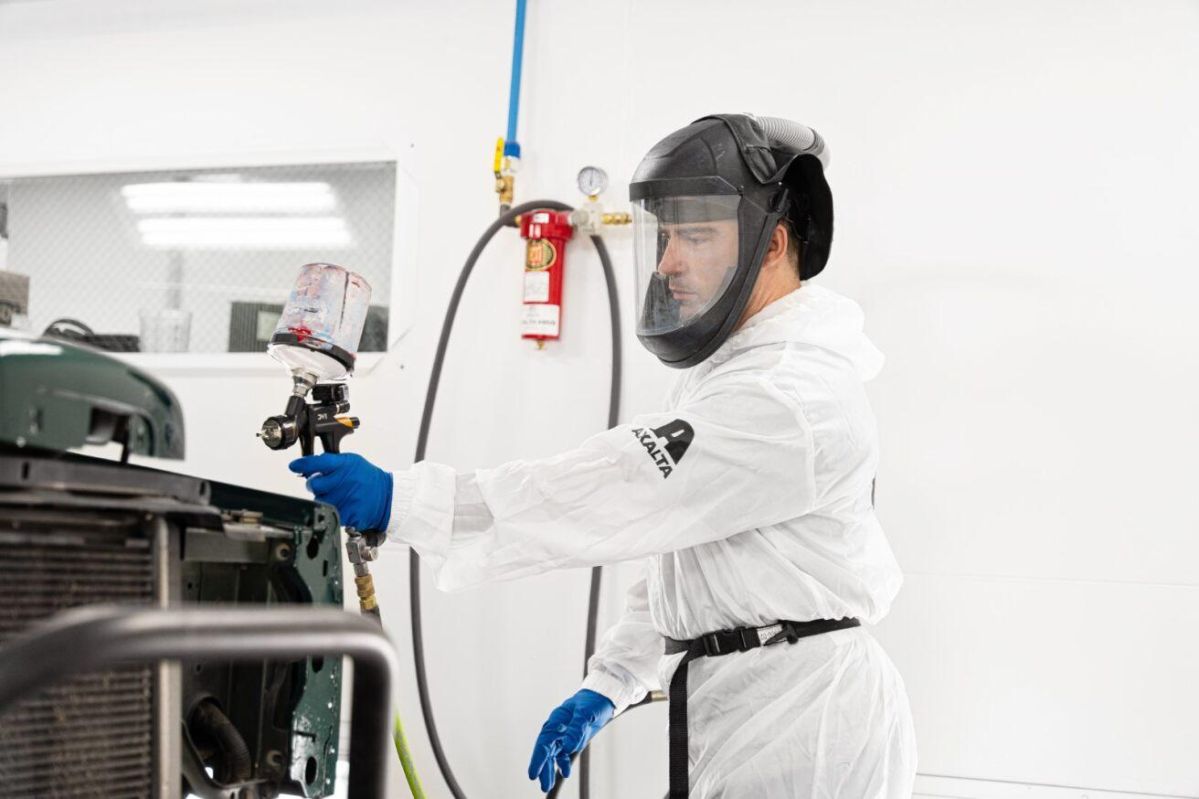An unexpected contribution has bolstered an education program nurturing bright-eyed new talent through the industry pipeline. San Diego-based Mitchell, a company that specializes in claims technology solutions, recently announced a $1.5 million in-kind donation to the Collision Engineering program, which serves students at seven colleges across the nation.
“What a surprise it was to receive that donation from them,” said Mary Mahoney, vice president for Enterprise Mobility, which launched the Collision Engineering program in partnership with Ranken Technical College in St. Louis, MO. The program includes eight weeks in the classroom and another eight in a body shop apprenticeship.
“They are a valuable partner of ours,” she told Autobody News of Mitchell. “They believe in the mission. They believe in trying to build, recruit, coach and develop that next generation of collision repair technicians.”
‘So Much More Opportunity’
The donation, Mahoney explained, will provide more students with access to its advanced technology solutions, including Mitchell Cloud Estimating with Integrated Repair Procedures and Mitchell TechAdvisor.
 Mary Mahoney.
Mary Mahoney.
New vehicle innovations mean body shop technicians need software knowledge alongside collision repair skills. Through Mitchell’s technology donation, students receive real-world experience using the same advanced solutions as collision facilities do today to restore vehicles to pre-accident condition, she said. Students’ access to the system in the program will enhance the employability of graduates.
Advanced software like this, Mahoney said, can be difficult to integrate into a curriculum because of the training needed. To curb that challenge, Mitchell is providing on-demand training for instructors, along with product guidance and live webinar training sessions for students hosted by Mitchell trainers.
The technology should go into use in the next few months: Instructors, Mahoney said, are “ecstatic.”
“They were so excited, and they just saw so much more value for the student, and so much more opportunity to inspire them and give them more confidence,” she said.
The Collision Engineering program began as a pilot endeavor in 2020 at Ranken and has since spread to seven colleges, including, most recently, Sandhills Community College in Southern Pines, NC. Since launching, the CEP has graduated 165 students, Mahoney said, and it maintains roughly an 87.5% retention rate.
Future Growth
A focus moving forward is on which schools to bring into the program and how to continue financial support for students and the colleges currently participating. Bringing more women into the program, and thus the industry, is also close to the forefront.
“They feel this environment is more comfortable for them,” she said. “We have 15 women that are either in the program now or have graduated, and those are the kind of the comments we've gotten from them.”
 Collision Engineering program students at the College of Lake County participate in an instructional session. Photo contributed by Enterprise Mobility.
Collision Engineering program students at the College of Lake County participate in an instructional session. Photo contributed by Enterprise Mobility.
Indeed, feedback from women graduates has reflected positively on the support and structure the program offers.
“When I was picking a career, I knew I wanted to be passionate about it, but I also wanted to make an impact and the trades had that to offer,” said Karina Badillo, a College of Lake County CEP graduate. “When I first started college, I bounced around through welding and through automotive technology, but they didn’t have a program that was similar to this … you can really connect the bookwork to the actual hands-on experience that the real world has to offer … It is really nice being able to have a team behind you.”
Developing Partnerships
Expansion means the need for more industry collaboration and partnership.
Enterprise Mobility Foundation has provided most Collision Engineering funding thus far, Mahoney said, with expenditures per student coming in at just over $10,500. That number covers tools, PPE equipment books and other supplies.
The foundation also funds school needs like instructors and training equipment, and it subsidizes student pay during their shop participation by adding to the amount employers can provide. Additionally, funds support the professional and personal development of students and their mentors.
“We want these students to understand how to operate successfully in a work environment, and develop strong relationships,” Mahoney explained. “The idea is to help build a culture where people feel more comfortable. That has been a wonderful add, and people want more of that.”
A significant contributor has been the Ford Fund, which provided nearly half a million dollars allowing the collision program at Parkland College in Champaign, IL, to continue and relaunch as Collision Engineering.
Westmont, IL-based MSO Crash Champions has hosted program apprentices in shops, and CEO Matt Ebert has made the program the company's charity of choice for an annual fundraiser, Mahoney said. AAA Northern California has also committed to contributions to the program, including vehicle donations.
“Our goal now is building off what we have learned and continuing to expand. What we recognize is we can't do this alone, and we are looking for everyone in the industry to join the movement,” Mahoney said.














Elizabeth Crumbly